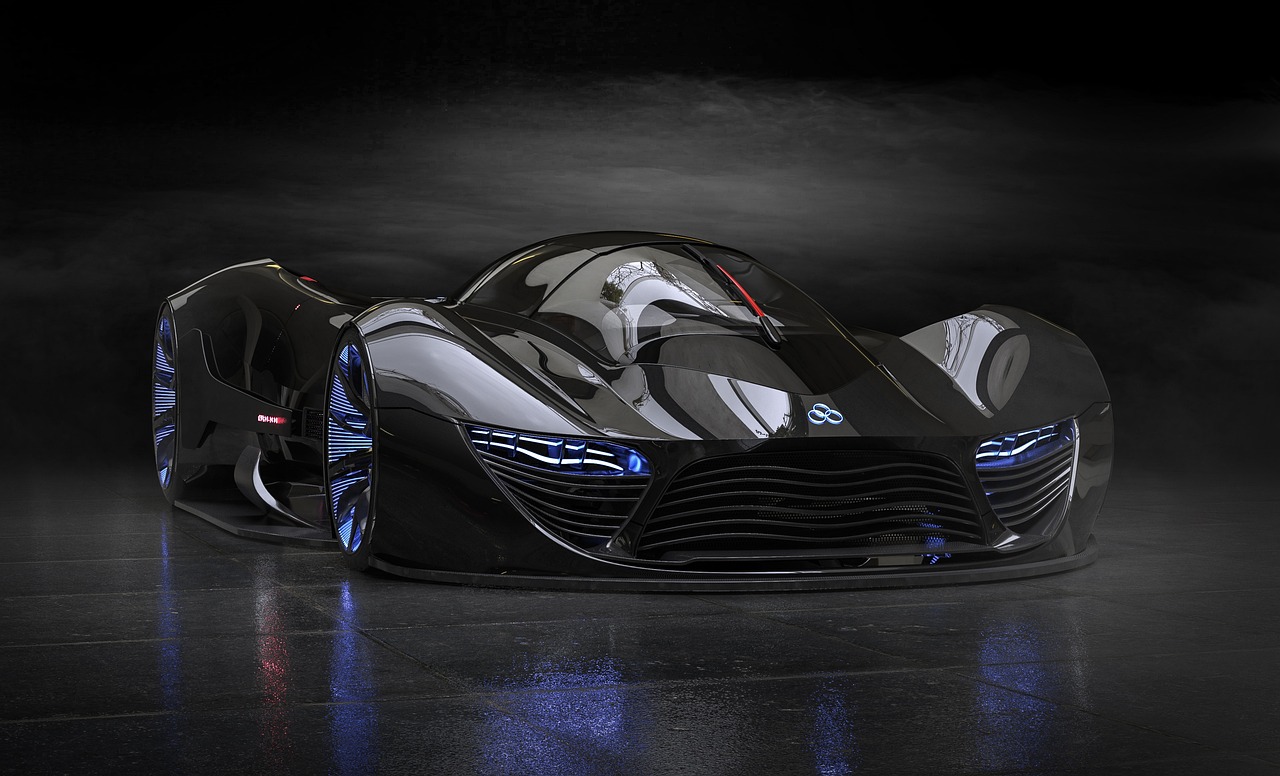The Role of 5G Connectivity in Enhancing In-Car Entertainment Options
In recent years, in-car entertainment systems have undergone a significant evolution, offering drivers and passengers a wide array of features and options to enhance the overall driving experience. From traditional radio and CD players to advanced touchscreen displays and voice-activated controls, these systems have become more intuitive and user-friendly.
Automakers have also embraced technology integration by incorporating smartphone connectivity, navigation apps, and multimedia streaming services into in-car entertainment systems. This shift towards digitalization has transformed vehicles into mobile entertainment hubs, providing occupants with access to music, movies, podcasts, and other media on the go.
• With the rise of autonomous driving technology, in-car entertainment systems are expected to become even more sophisticated and interactive.
• Virtual reality (VR) and augmented reality (AR) features may soon be integrated into these systems, offering passengers immersive experiences during their journeys.
• Personalization options such as customized playlists, voice recognition software, and mood-based recommendations are becoming increasingly common in modern in-car entertainment systems.
The Impact of 5G Connectivity on In-Car Entertainment
5G connectivity has revolutionized in-car entertainment systems by offering faster and more reliable internet connections. This enhanced connectivity allows passengers to stream high-definition video content, play online games, and make video calls without any buffering or lag, providing a seamless entertainment experience on the go. With 5G, navigation systems can also access real-time updates and traffic information more efficiently, improving the overall driving experience for users.
Moreover, the introduction of 5G connectivity has paved the way for enhanced integration of smart devices and applications within vehicles. From accessing music streaming services to controlling smart home devices remotely, the possibilities for in-car entertainment have expanded exponentially. The ability to connect multiple devices simultaneously and share content seamlessly has transformed cars into mobile entertainment hubs, catering to the diverse needs and preferences of modern-day consumers.
Streaming Services and On-Demand Content in Vehicles
With the rise of streaming services and on-demand content, the way we consume entertainment in vehicles has drastically changed. Gone are the days of being limited to traditional radio stations or CDs. Drivers and passengers now have access to a wide array of music, podcasts, audiobooks, and even movies directly from their vehicles.
This shift towards streaming services and on-demand content has not only enhanced the entertainment experience during car rides but has also transformed the overall driving experience. Passengers can now personalize their entertainment choices, leading to a more enjoyable and personalized journey. With the convenience of streaming services, drivers can easily access their favorite content without distractions, ultimately making their time on the road more engaging and entertaining.
What are some popular streaming services available for in-car entertainment systems?
Some popular streaming services for in-car entertainment systems include Netflix, Hulu, Amazon Prime Video, YouTube, and Spotify.
How does 5G connectivity impact in-car entertainment systems?
5G connectivity allows for faster and more reliable streaming of content, as well as providing the ability to connect multiple devices to the internet simultaneously in the vehicle.
Can on-demand content be accessed in vehicles without 5G connectivity?
Yes, on-demand content can still be accessed in vehicles without 5G connectivity, but the streaming experience may be slower and less reliable compared to when connected to a 5G network.
Are there any safety concerns with streaming services in vehicles?
It is important for drivers to prioritize safety while using streaming services in vehicles, such as using voice commands or allowing passengers to control the entertainment system to minimize distractions while driving.







